Orchids are one of the most popular ornamental plants in the world. They are used for decorations, gifts, and even spiritual purposes. Not only they are beautiful, but they bring happiness and joy just by looking at them.
Unfortunately, like any other plant, orchids do get sick once in a while. But, they are less susceptible to diseases, unlike other potted flowers. However, at times, some diseases can lead orchids to direct death.
When growing orchids, we need to know all about their diseases, causes, countermeasures, and preventive measures. Additionally, as for my pet owners’ audience, we must learn if orchids are safe or toxic to our beloved pets.
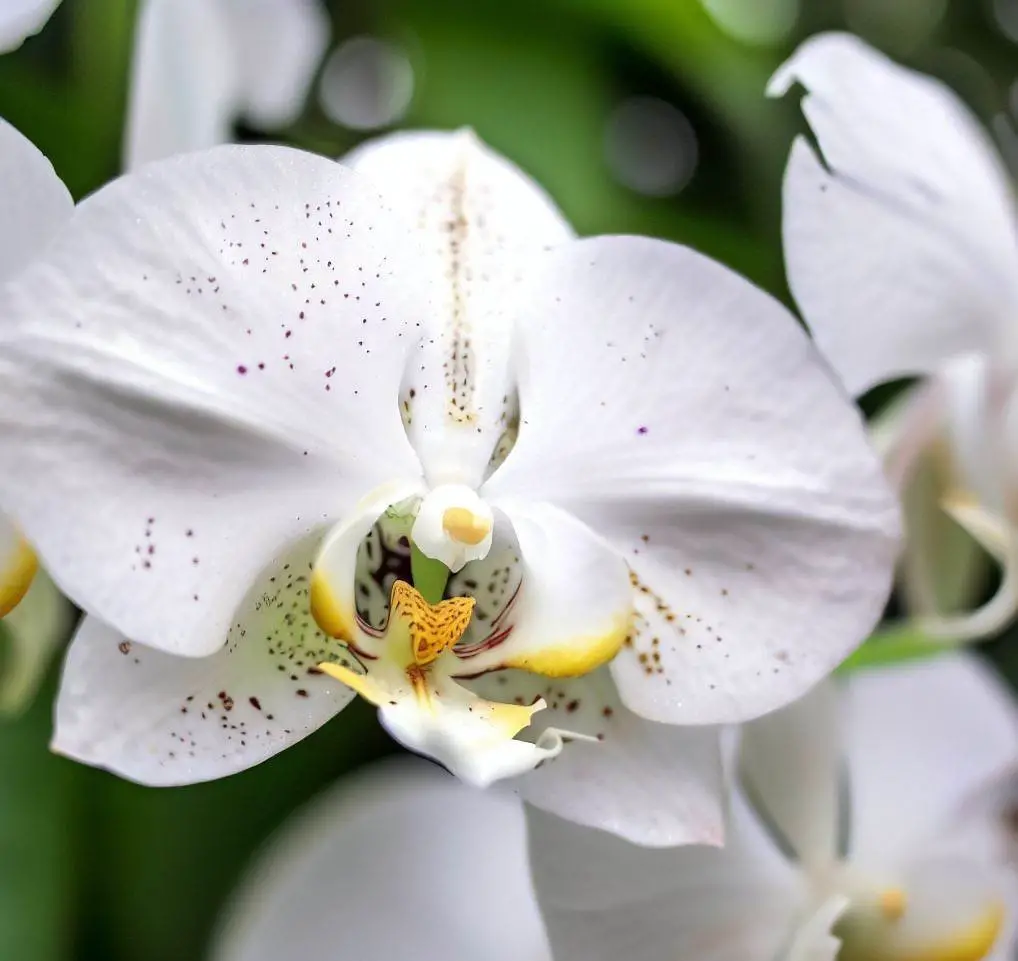
Table of content
Bacterial Diseases
1. Soft Rot
When your orchids are infected with soft rot, the passage of nutrients is blocked which leads the whole strain to die. Soft rot can be caused by two factors: bacterial and fungal (mold). Both factors have different symptoms and coping methods.
If the cause is bacterial, the leaves will turn yellow and translucent, giving off a distinctive strong odor which allows us to distinguish soft rot from other diseases. You will notice that the affected area is soft and if you touch it, the tissue will tear and the water inside will come out.
The bacteria which causes soft rot breaks down the epidermis and moves to the surface of the orchids’ healthy leaves. During irrigation, these bacteria swim in the water and spread. So, If you use a hose to water your plants, avoid scattering water because this will allow the bacteria to get into the water and spread to the nearby plants.
Usually, to deal with this, I apply an antibiotic called streptomycin to deal with it. However, soft rot grows very rapidly, so it is hard to control using only antibiotics.
Bacteria, unlike molds, cannot infect the plant randomly, they enter cells through wounds and begin to destroy.
If the cause is fungal, the rot progresses slowly. You’ll notice black or brown spots appearing on the surface of the leaves and gradually spreading.
Another main cause of soft rot is the hot and humid environment.
How To Treat Orchids Soft Rot
Soft rot is very serious, if not treated it will kill your orchid and every other plant near it. To deal with this disease, cut off an extra 5 mm from the sick part and apply horticultural fungicide or protective fungicide around it.
Soft rot can be transmitted to other plants. When you cut the affected leaves, make sure to throw them far away from any other plant. Cover the infected leaves with newspaper and put them in a bag of burning garbage for disposal.
Note
The used trays and pots need to be heat treated (194°F/ 90°C for 10 minutes or more) Alternatively, you can soak the used pots and trays in a saturated solution of sodium tribasic phosphate, an antivirus drug, for at least one day.
2. Anthrax
Anthrax is a disease that is generally confused with leaf burns. It causes black spots on the lower leaves. Initially, a light brown small spot starts to appear and gradually becomes larger and darker to dark brown.
Later on, the leaves start to develop holes, and the tips of the leaves die. The affected area is brown and the area around the affected area is dark brown. The cause of anthrax is the scattering of mold spores.
Due to leaf burning, the leaf tissue becomes weak, and therefore, filamentous pathogens begin to spread. This disease occurs mainly in the hot and humid season.
How to Treat orchids anthrax
Anthrax can be treated with any disinfectant. Avoid touching the dark spot on the leaves. Cut the area where the symptoms appear by about 5 mm, and then apply the fungicide.
It tends to occur when the humidity is high from spring to autumn, so be careful about the sunlight and ventilation.
Note
If you leave a dead flower unattended, it will become infected.
3. Brown spot bacterial disease
Brown spot disease is very serious. The main cause is bacteria. In the early stages, small black spots start to form. As it goes untreated, the disease will spread very quickly to the whole plant and causes the foliage to wither and rot.
How to treat brown spot bacterial disease
For prophylaxis, coat the leaves with wax. Also, cut off the infected leaves and then use a disinfectant as soon as possible.
Related article: Why Orchid Leaves Are Turning Black and How to Treat Them
Fungal Diseases
1. Root rot caused by Rhizoctonia
This is one of the most troublesome diseases that can infect our orchids. It infects the seedlings and invades the roots. Besides this, one of its most noticeable symptoms is the lack of energy and it stops growing. It has a lot of brown hyphae and a mushroom scent
Once the plant is infected by root rot caused by Rhizoctonia, the plant won’t be able to absorb any kind of nutrients and the remaining nutrients in the plant will accumulate in the leaves leading them to become thicker.
Note
Root rot caused by Rhizoctonia is different from the one caused by overwatering and overfertilizing.
how to treat root rot caused by rhizoctonia
Your precious orchid can be saved if you discover the disease in its early stages. However, that doesn’t mean you won’t be able to save your plant from dying if you notice the symptoms late.
You can use a fungicide and irrigate your plant with it as recommended.
2. Botrytis cinerea (Petal Blight)
In most cases, the environment is the main factor for orchid diseases. Botrytis Cinerea, also called Petal blight, is another disease caused by the environment where the orchids are cultivated.
At the beginning of the disease, brown tiny spots start to appear on the petals of the orchids. Gradually, these spots will get larger and become gray in color. By then, the poor orchid would lose its divine beauty and it would hurt to only look at it.
If you happen to notice the symptoms in their early stages, you can still treat your plant. However, if you’re late, then you might need to throw the whole flower.
The cause of this disease is spores of botrytis. These spores generally are in the air floating. It occurs in an excessively humid environment at low temperatures (humidity 100% and temperature around 64°F/18℃). If this weather lasts longer, spores of botrytis will germinate and enter the tissues of the orchid and grow.
How to treat botrytis cinerea in orchids
These spores have the ability to fly from dead leaves to other leaves and affect them. To prevent that from happening, cut the affected areas and move them far away from your plants. Place your orchid in a place with low humidity to create an environment where the entire plant can remain dry.
If you have your plant indoors, you can use a dehumidifier that lowers the humidity to 90% or less would be great. You can also try to raise the temperature to around 86°F/ 30°C. This would prevent the spores from growing and spreading.
It is very important to not spray your flowers with anything until the humidity and the temperature are fixed.
Note
Botrytis cinerea can prevent the growth of mold by suppressing high humidity.
3. Fusarium Wilt
Fusarium is a ubiquitous bacteria. Orchids are always at high risk of getting infected by a type of mold called fusarium fungus. Once your plant is infected, it will experience root rot and its strains weaken.
The leaves suddenly turn yellow or brownish, show signs of dehydration, and fall off. This disease may occur in some parts of the plant and the other part will retain its healthy look.
The major cause is when you overwater your plant, the water accumulates for a while in the soil. You can notice this when the soil seems stuffy. Overwatering leads to root rot, and therefore, the plant becomes at risk to become infected with the Fusarium fungus.
How to treat fusarium Wilt in orchids
To be honest, fusarium wilt is a very serious and dangerous disease. There is a high chance you won’t be able to save your orchid. However, we can’t give up on our babies. We need to do our very best to cure them. So, here are a few things you can do to bring it back to life.
First, cut off the infected areas. Then, very carefully, change its soil by removing the plant from the overwatered soil. And then put it in brand-new soil. This will allow us to get rid of the accumulated water in the soil.
Place the orchid in a well-ventilated place and avoid overwatering so that you can prevent this from happening again.
Sunburn
The sun can also be a major factor in ruining our precious orchid plants. The sun causes a huge oval spot on the leaves. This spot will be black around the corner and light or pale pink in the middle. Eventually, the color will turn black and the inside becomes necrotic and rot.
The cause of Sunburn on orchids is high temperatures and long direct sun exposure. Since it often induces soft rot, cut it early.
You can join our weekly free newsletter for more updates and tips on gardening. Also, make sure to follow our socials and share with your friends

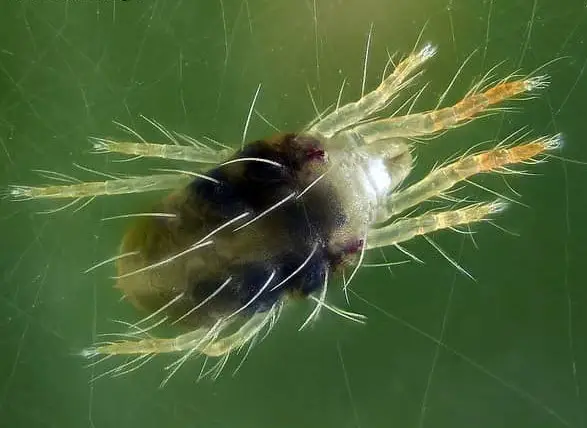
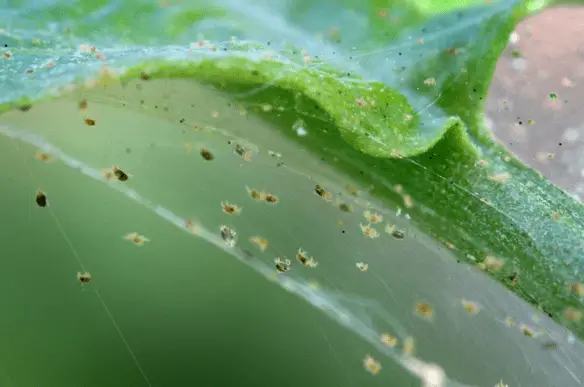
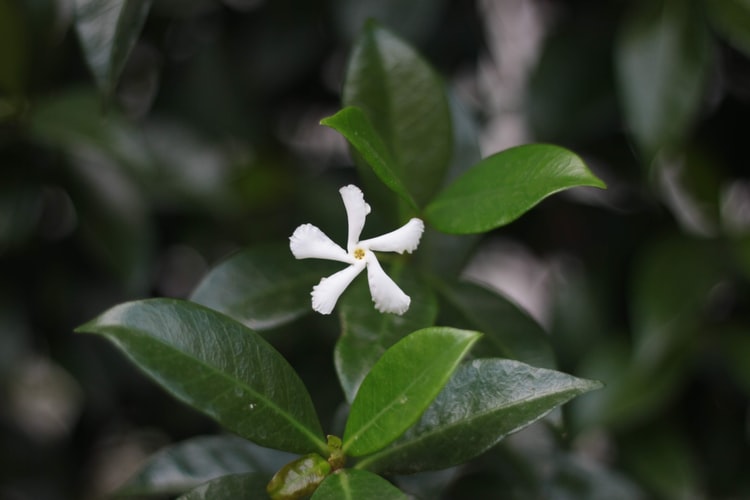
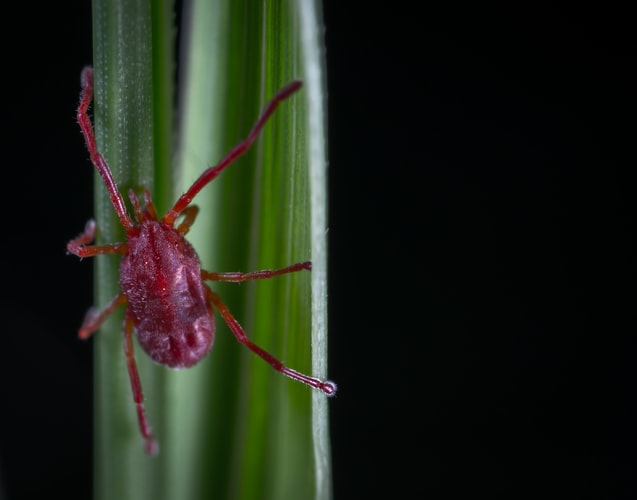
I have white, sticky, small areas on the backs of new leaves, at the base of flowers, and along the stems. It feels like a fungus, but I don’t see anything like it in your pictures. It is affecting orchids I have had for years. Is it from the excessive heat? I washed with soapy water, but they came back.
You can send us your sick orchid photos via our social platform and we will try to examine it and tell you what you can do.